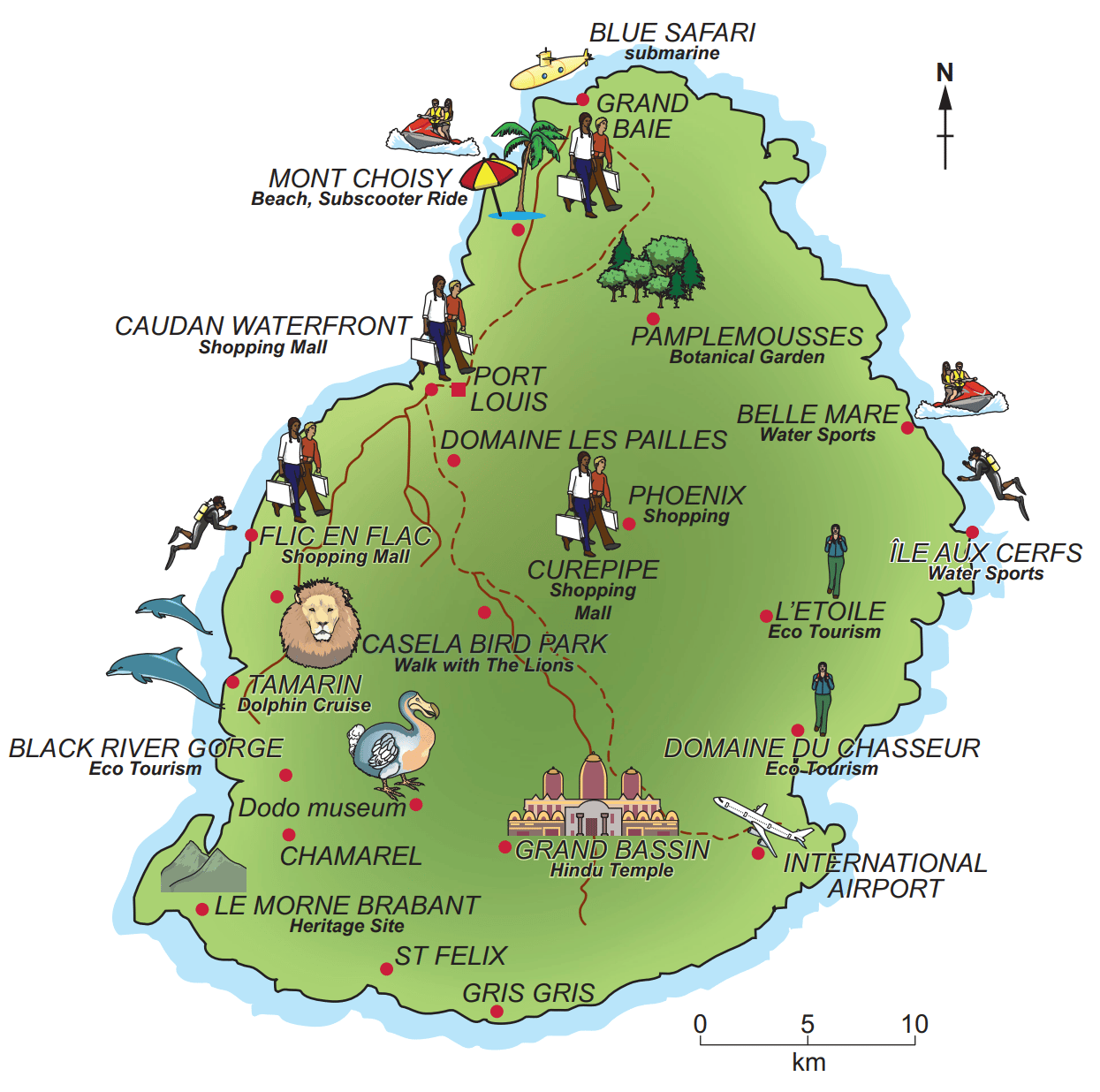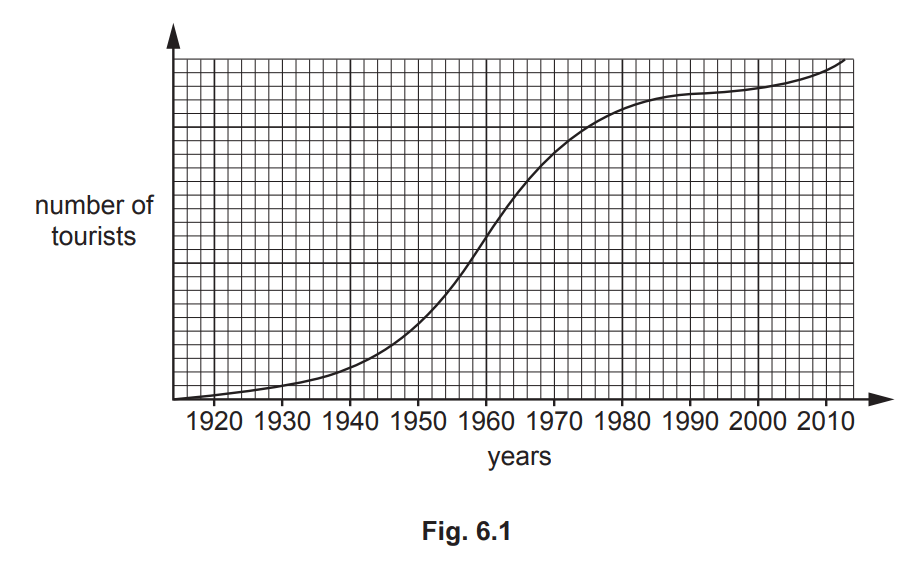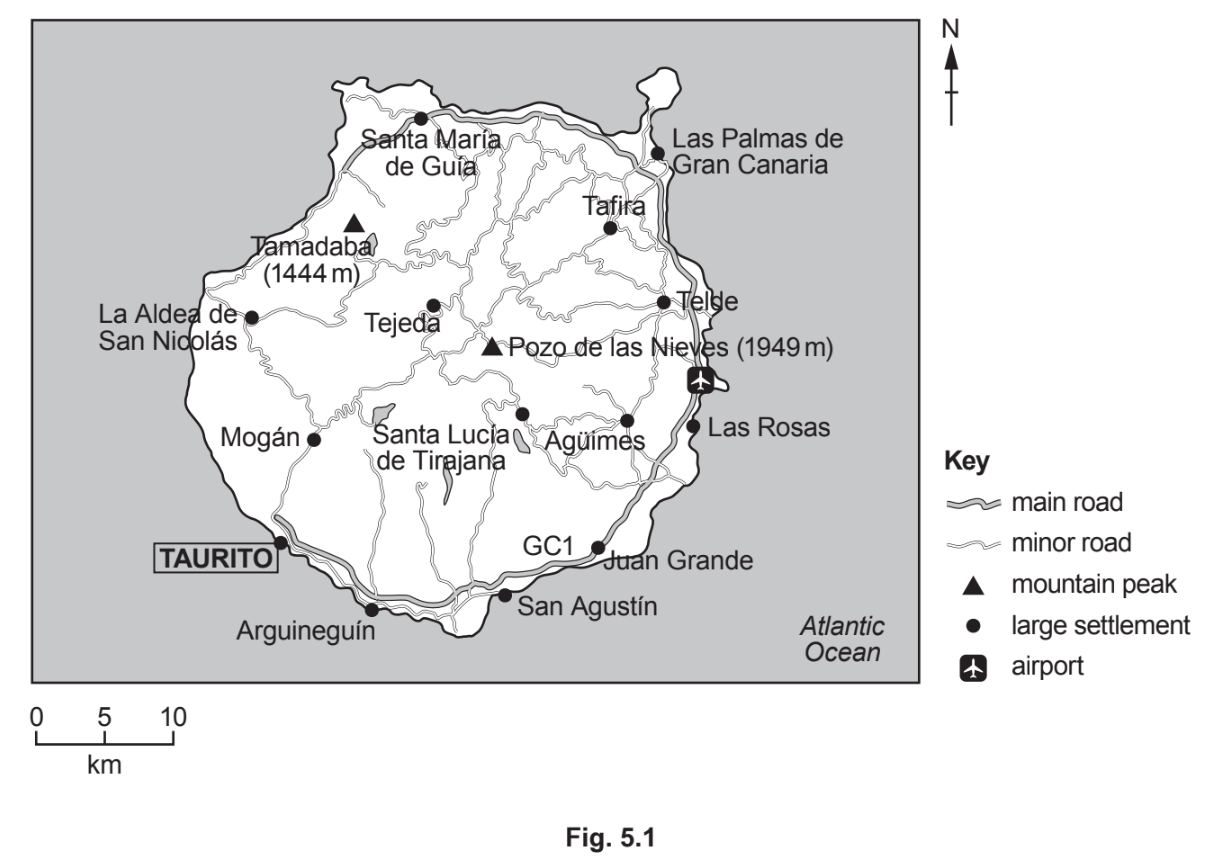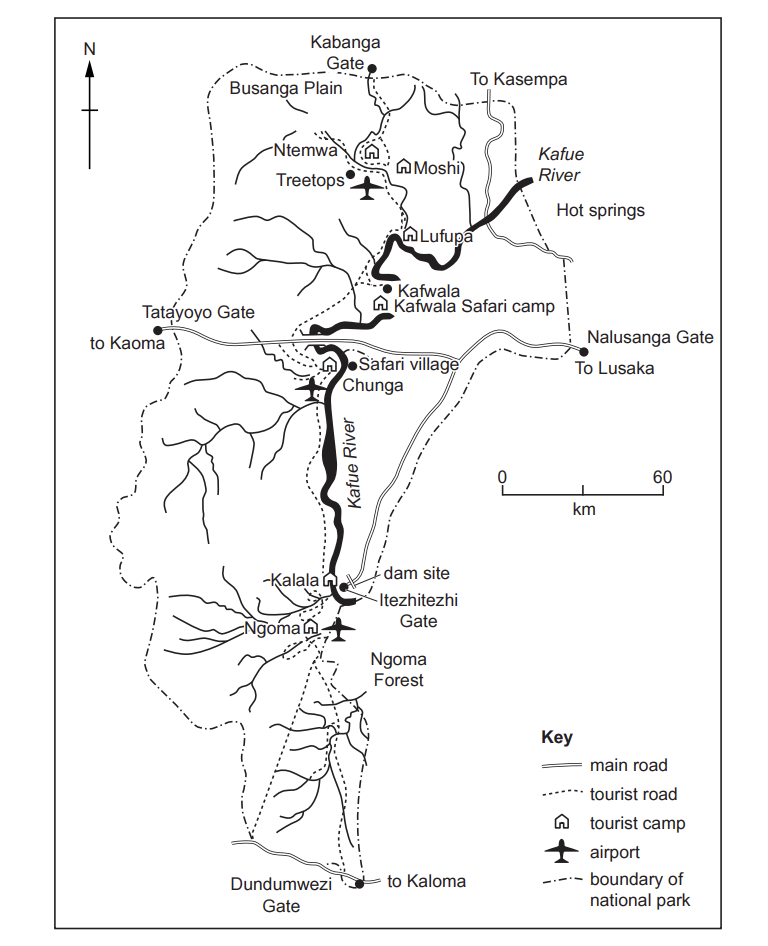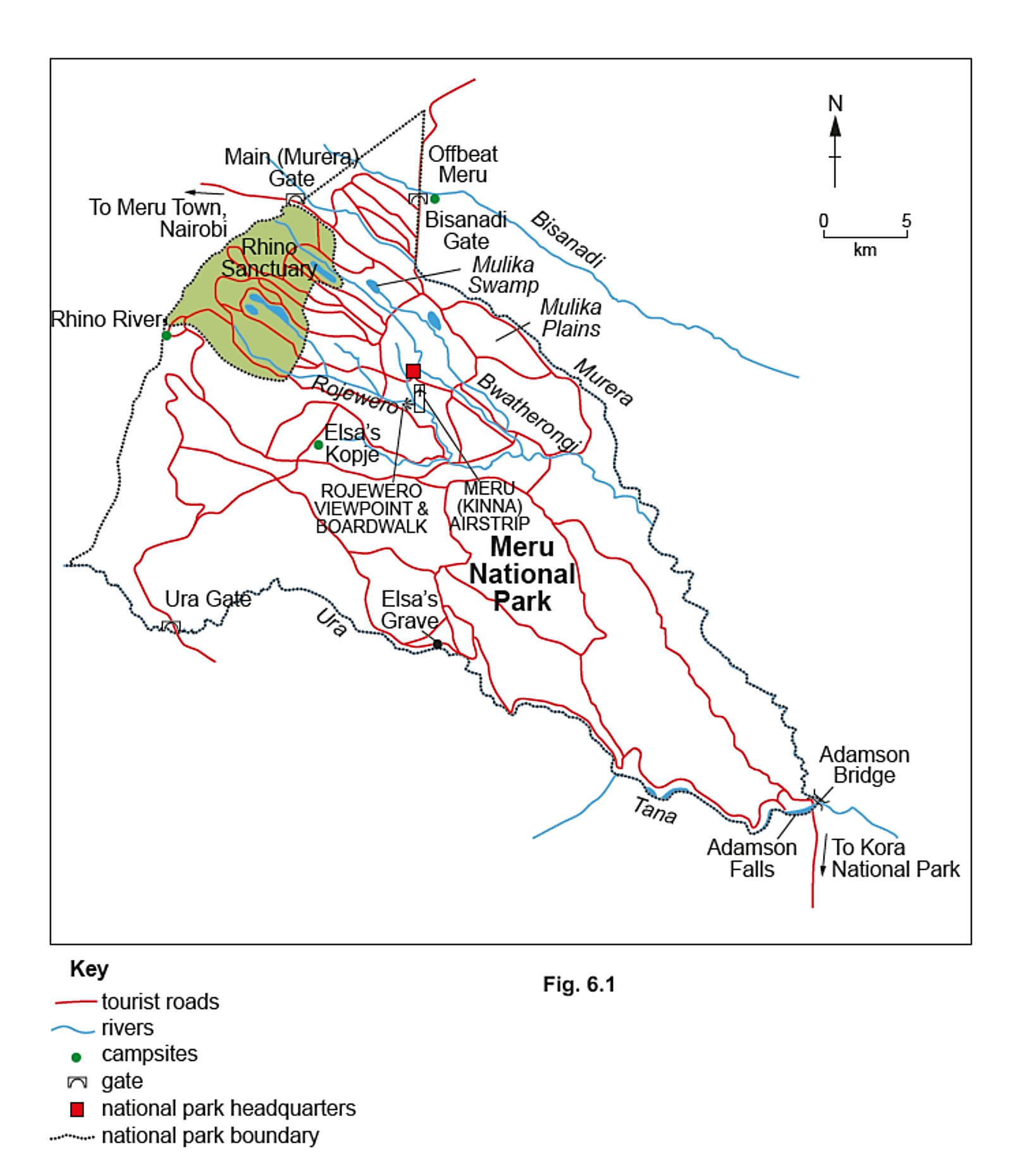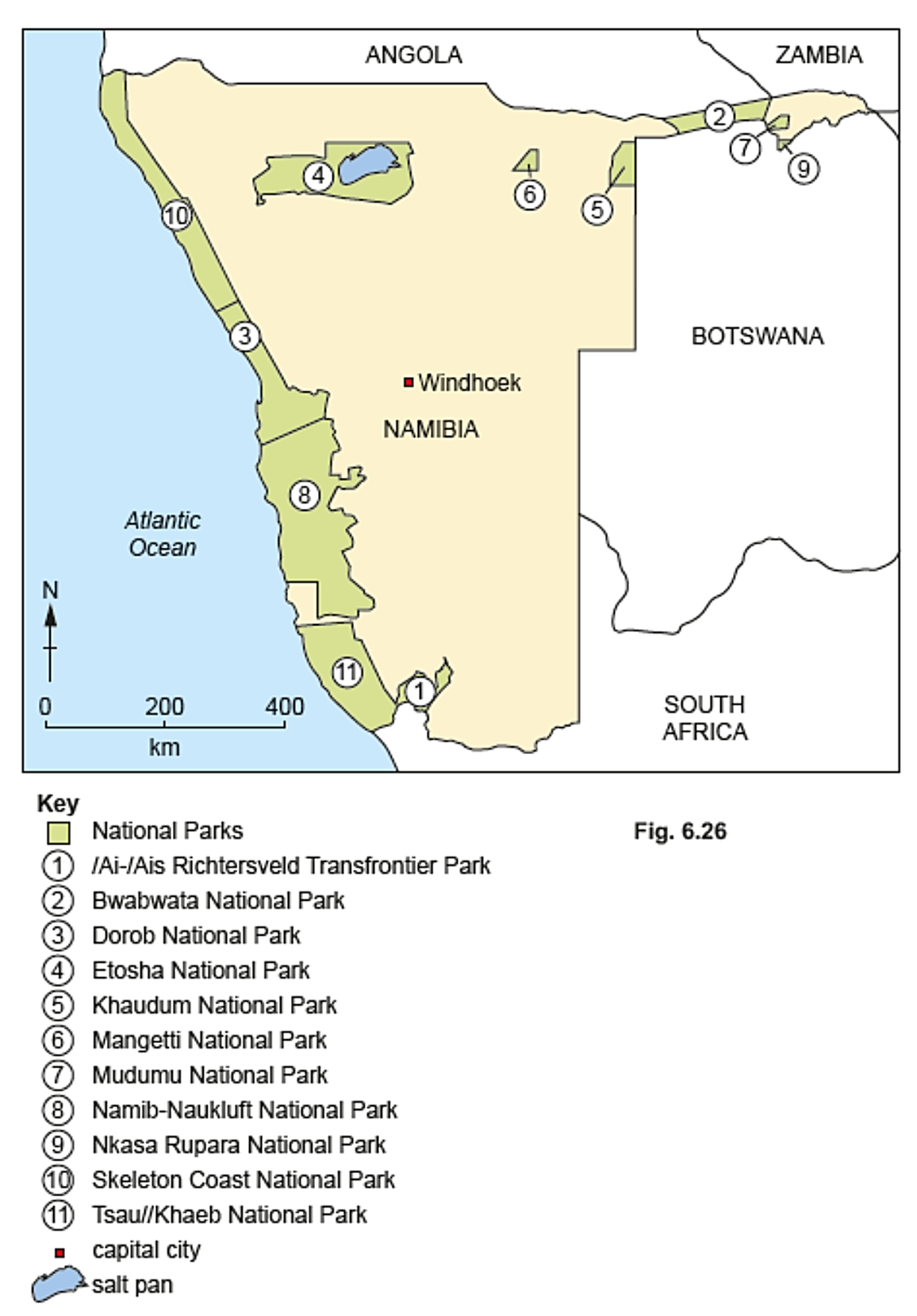Study Fig. 5.1, which is information about the climate of the Maldives (an LIC).
The Maldives is a group of islands on the Equator in the Indian Ocean, which are important for tourism.
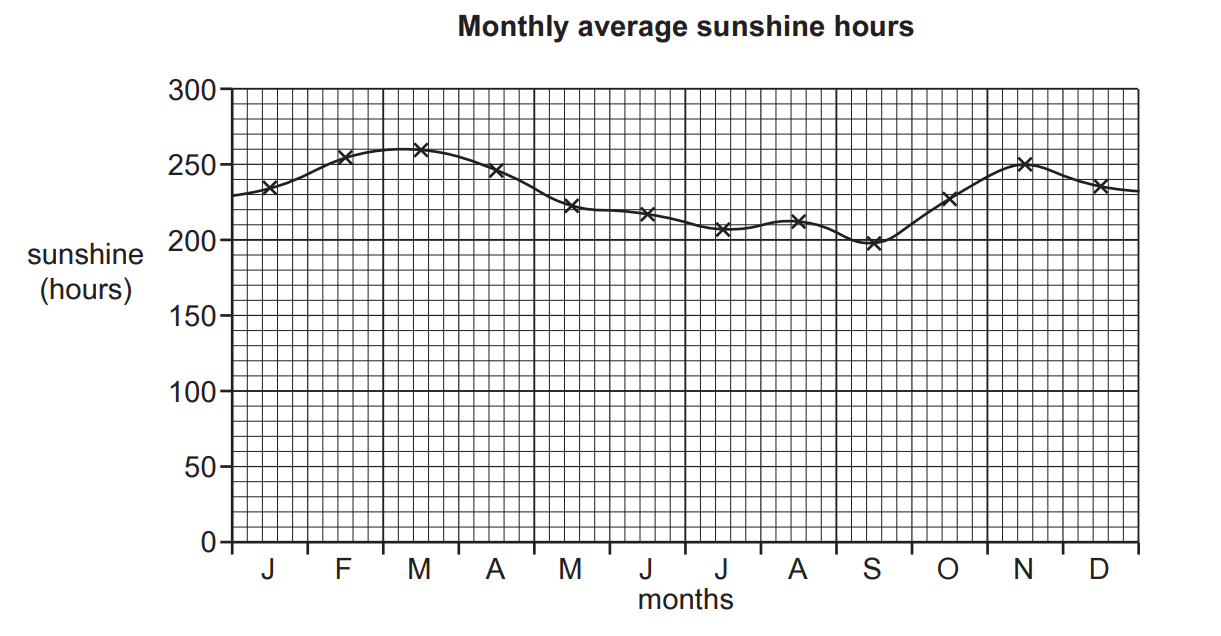
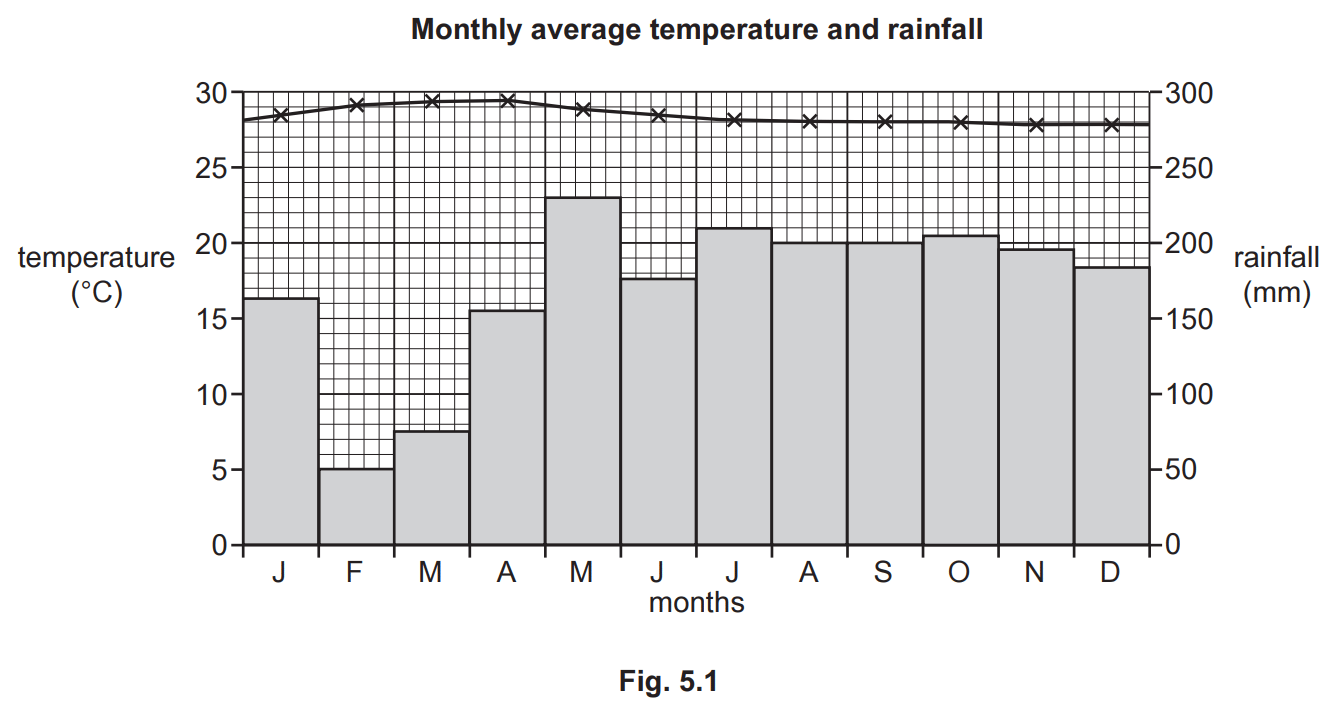
Use Fig. 5.1 to estimate the total annual rainfall in the Maldives.
950 mm
1750 mm
2050 mm
3250 mm
Describe the attractions of the climate of the Maldives for tourists.
Did this page help you?
